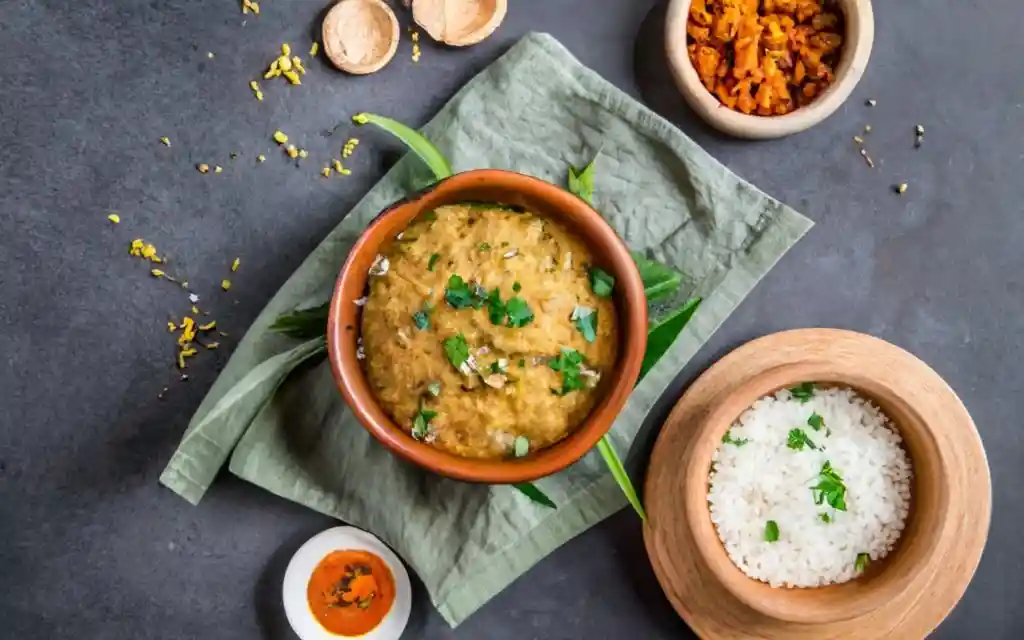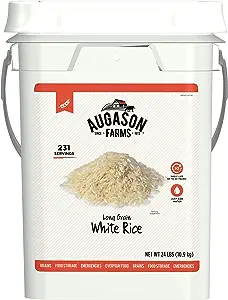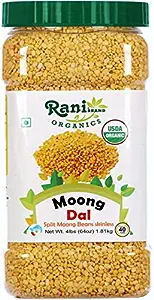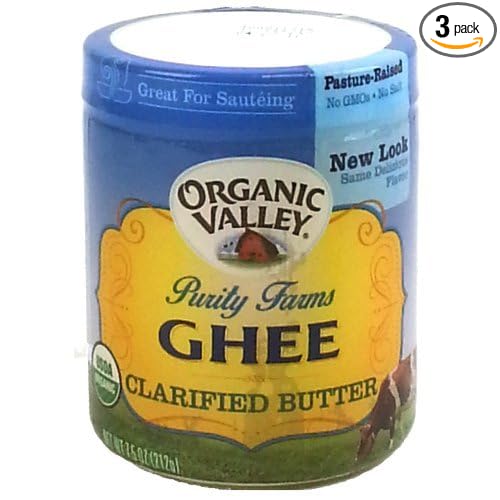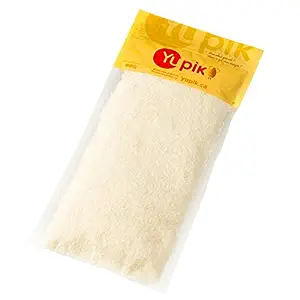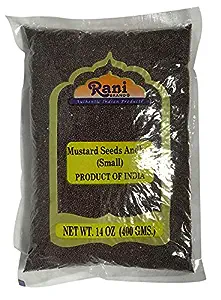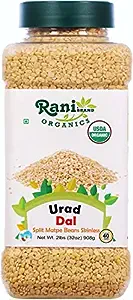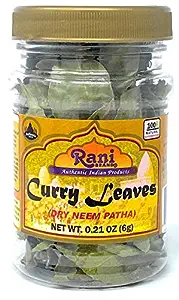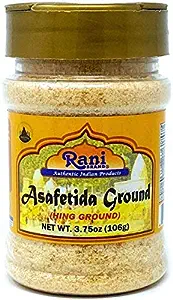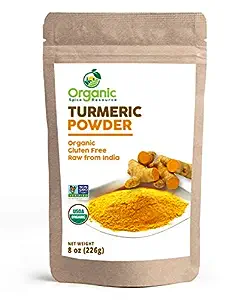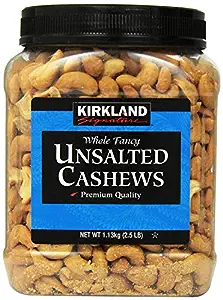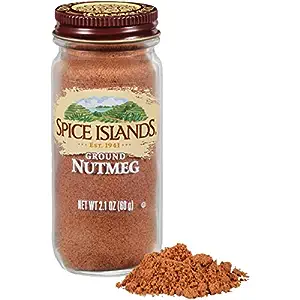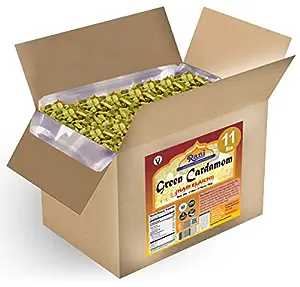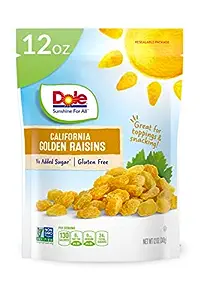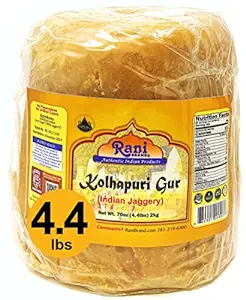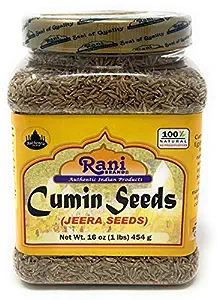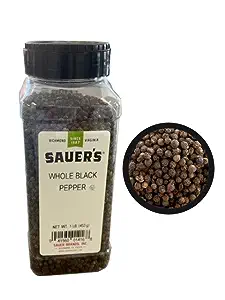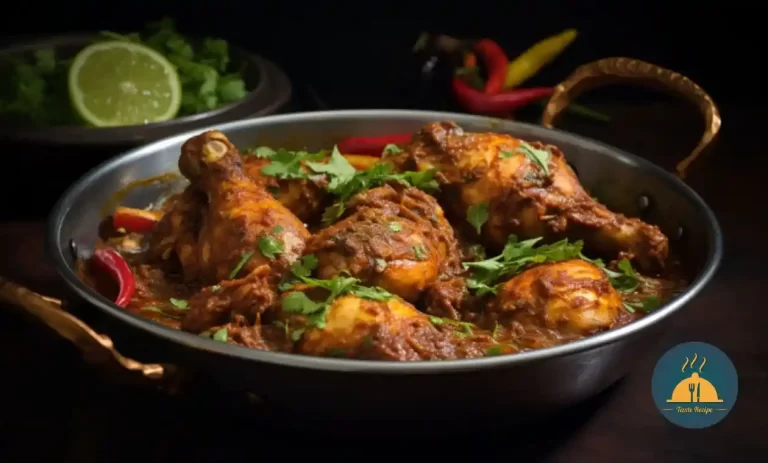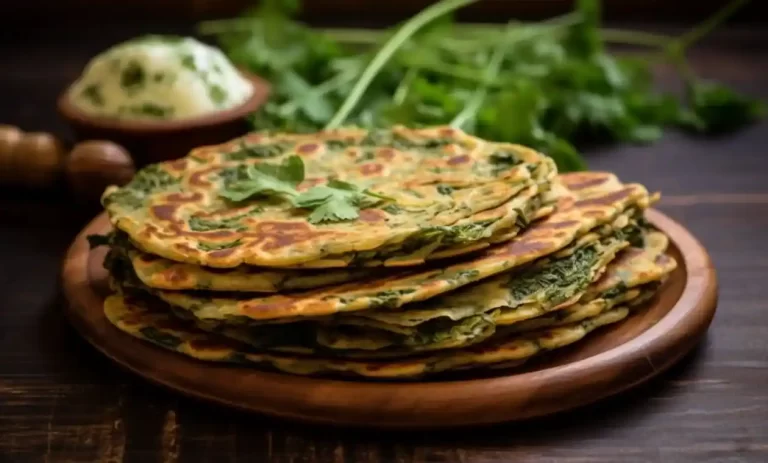Delicious Pongal Recipes | South Indian Comfort Food
Pongal Recipes: Taste the Tradition
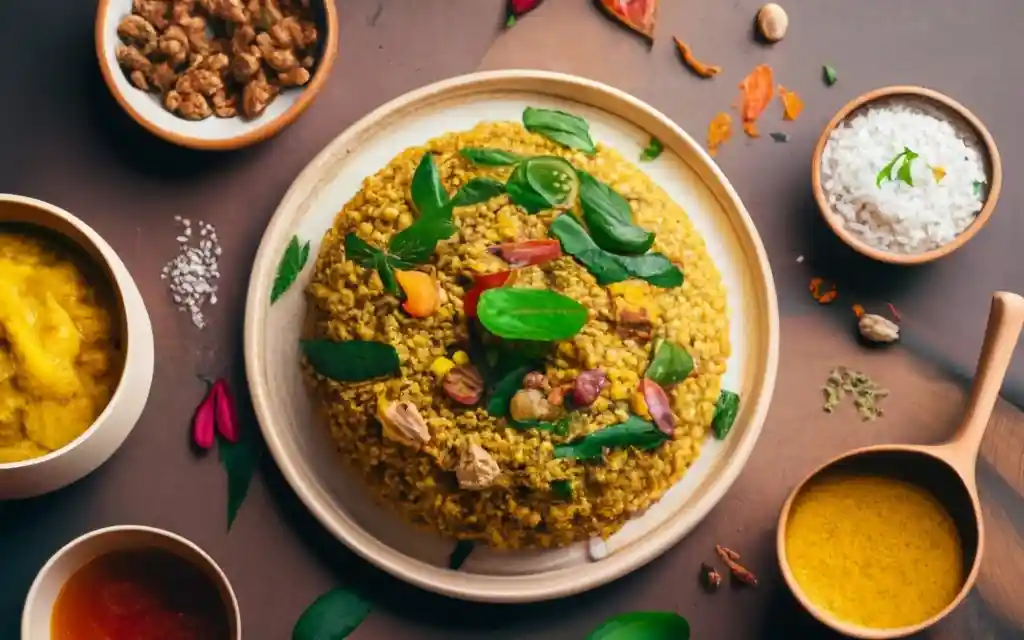
Pongal, a warm and hearty dish, is a quintessential part of South Indian cuisine. With its roots deeply embedded in the rich cultural heritage of the region, Pongal has transcended from being just a meal to a cherished tradition. This delightful recipe is a celebration of simplicity and wholesomeness, making it a staple in homes across South India and beyond.
Pongal is primarily a rice and lentil-based dish, and its preparation varies from home to home, offering a range of flavors and textures. It’s a comfort food that can be enjoyed any time of the day, be it for breakfast, lunch, or dinner. Whether you’re a novice in the kitchen or an experienced chef, mastering the art of making Pongal is a delightful journey that promises a satisfying end result.
Pongal holds a special place in South Indian cuisine, not just for its delicious taste but also for its cultural significance. It’s more than just a dish; it’s a symbol of gratitude and abundance. In fact, the name “Pongal” itself means “to boil over,” signifying the overflow of prosperity and happiness.
This dish is closely associated with the harvest festival of Pongal, celebrated with much fervor in Tamil Nadu. During this festival, families come together to cook Pongal as an offering to the Sun God, expressing gratitude for a bountiful harvest. The aroma of freshly cooked Pongal wafting through the air is a common sight during this festive season.
Beyond its role in festivals, Pongal is a daily comfort food that brings families together at mealtime. It’s a symbol of love and togetherness, as it is often prepared and enjoyed with loved ones. The wholesome ingredients used in Pongal not only make it a delicious treat but also a nutritious choice, making it a preferred option in many households.
As we delve deeper into this blog, we’ll explore the various styles of making Pongal, from the traditional recipe to spicy Khara Pongal and the sweet indulgence of Sakkarai Pongal. Get ready to embark on a culinary journey through South India as we uncover the secrets of making the perfect Pongal in its different forms.
Ingredients
Before we dive into the delightful world of Pongal, let’s gather the ingredients you’ll need to recreate this South Indian classic at home. The beauty of Pongal lies in its simplicity, and its ingredients are readily available in most kitchens. Here’s what you’ll need:
For the Pongal Base:
- Rice: The star ingredient of Pongal, rice forms the foundation of this dish. Use short-grain or medium-grain rice for the best results.
- Split Yellow Moong Dal: Also known as split yellow mung beans, this lentil adds a creamy texture to Pongal.
- Water: To cook the rice and lentils to perfection.
- Salt: Enhances the flavors of the dish.
For Tempering and Flavor:
- Ghee (Clarified Butter): Ghee not only adds a rich, nutty flavor but also gives the Pongal its signature shine.
- Cumin Seeds: These seeds release a warm, earthy aroma when roasted in ghee, infusing the dish with a delightful fragrance.
- Black Peppercorns: Adds a subtle kick of heat, balancing the flavors.
- Ginger: Freshly grated or minced ginger lends a subtle warmth and a hint of spiciness.
- Green Chilies: Finely chopped green chilies bring a touch of heat, which can be adjusted to your preference.
- Curry Leaves: These aromatic leaves add a distinct South Indian flavor to the dish.
- Cashews: Toasted cashews provide a satisfying crunch and a nutty essence to the Pongal.
Optional Ingredients for Variations:
- Milk: Used in the sweet version of Pongal, Sakkarai Pongal, to create a creamy and sweet profile.
- Jaggery: Another key ingredient in Sakkarai Pongal, jaggery adds natural sweetness and a caramel-like flavor.
- Coconut: Grated coconut can be used as a garnish for added texture and a hint of tropical sweetness.
With these ingredients in hand, you’re well-prepared to embark on your journey to create a delicious batch of Pongal, whether you choose the traditional version or explore the sweet and spicy variations.
Traditional Pongal
Traditional Pongal is the heartbeat of South Indian comfort food. Rooted in centuries-old culinary traditions, this style of Pongal embodies simplicity, warmth, and the essence of South Indian culture. Here’s how it’s typically made:
Ingredients for Traditional Pongal:
- Rice: 1 cup
- Split Yellow Moong Dal (Mung Beans): 1/4 cup
- Water: 4 cups
- Salt: 1 teaspoon (adjust to taste)
Instructions for Traditional Pongal:
- Rinse the rice and dal: Start by rinsing the rice and moong dal separately under cold water until the water runs clear. This removes excess starch.
- Combine rice and dal: In a large pot, combine the washed rice and dal.
- Cook: Add 4 cups of water to the pot, and bring it to a boil. Reduce the heat to low, cover with a lid, and simmer for about 20-25 minutes or until the rice and dal are soft and have absorbed most of the water. Stir occasionally to prevent sticking.
- Season with salt: Once the rice and dal are cooked to a soft, porridge-like consistency, add salt and stir well. Adjust the salt to your taste.
- Tempering: In a separate small pan, heat a few tablespoons of ghee. Add cumin seeds, black peppercorns, ginger, and green chilies. Sauté until the spices release their fragrance and the ginger turns golden.
- Mix the tempering: Pour the ghee and spice mixture over the cooked Pongal and stir well to combine.
- Garnish: Optionally, garnish with toasted cashews and fresh curry leaves.
Traditional Pongal is more than just a dish; it’s a celebration of gratitude and the harvest. It’s a symbol of South India’s agricultural heritage and the close connection between the land and its people. The dish takes center stage during the Tamil harvest festival of Pongal, where it is offered to the Sun God as a gesture of thankfulness for a bountiful harvest.
The act of cooking Pongal during this festival is a communal affair. Families gather around large, steaming pots, and as the Pongal boils over, it symbolizes prosperity and abundance flowing into their homes. The aroma of freshly cooked Pongal fills the air, creating a warm and inviting atmosphere.
A typical serving of traditional Pongal, using the ingredients and quantities mentioned, contains approximately 200-250 calories. This is a rough estimate and may vary depending on the specific ingredients and preparation methods used.
The portion size for an individual serving of Pongal is typically about 1 cup. However, it can vary based on personal preferences and appetite.
Traditional Pongal, with its creamy texture and comforting flavors, is not just a dish; it’s a cherished tradition that brings families together and honors the agricultural roots of South India.
Spicy Khara Pongal
Khara Pongal, often known simply as “Khara,” is a delightful variation of the traditional Pongal recipe, celebrated for its savory and spicy character. This variation introduces a whole new dimension to the comforting Pongal experience. Here’s what makes Khara Pongal unique:
- Spicy Aromatics: Khara Pongal bursts with a symphony of flavors. The use of black peppercorns, cumin seeds, and green chilies in the tempering lends it a fiery kick, setting it apart from its milder counterpart.
- Complex Flavors: This version of Pongal is a delightful balance of spices and earthy flavors. The robust tempering of spices infuses the dish with a tantalizing aroma and depth of taste.
- Texture: While traditional Pongal is creamy and porridge-like, Khara Pongal is slightly firmer in texture due to the spices and seasonings. It’s a satisfying, hearty dish that’s perfect for those who prefer a little heat in their meals.
Ingredients for Khara Pongal:
- Rice: 1 cup
- Split Yellow Moong Dal (Mung Beans): 1/4 cup
- Water: 4 cups
- Salt: 1 teaspoon (adjust to taste)
- Ghee: 2 tablespoons
- Black Peppercorns: 1 teaspoon
- Cumin Seeds: 1 teaspoon
- Ginger: 1-inch piece, minced
- Green Chilies: 2, finely chopped
- Curry Leaves: A sprig
- Cashews: 10-12, toasted
- Turmeric Powder: 1/4 teaspoon (for a hint of color)
Instructions for Khara Pongal:
- Rinse the rice and moong dal under cold water until the water runs clear.
- In a large pot, combine the washed rice and dal.
- Add 4 cups of water to the pot, and bring it to a boil. Reduce the heat to low, cover with a lid, and simmer for about 20-25 minutes or until the rice and dal are soft and have absorbed most of the water. Stir occasionally.
- Season with salt and turmeric powder, and stir well.
- In a separate small pan, heat the ghee. Add cumin seeds, black peppercorns, ginger, green chilies, and curry leaves. Sauté until the spices release their fragrance and the ginger turns golden.
- Pour the ghee and spice mixture over the cooked Pongal and stir well to combine.
- Garnish with toasted cashews.
Khara Pongal’s flavor profile is a bold departure from the mild and comforting traditional Pongal. It features a spicy, peppery heat, complemented by the earthiness of cumin and the warmth of ginger. The tempering of spices in ghee creates a rich and aromatic base, infusing each bite with layers of taste.
While the core ingredients remain the same, regional variations of Khara Pongal can be found. In some regions, grated coconut is added to the dish for a touch of sweetness and creaminess. Others may use different combinations of spices or vary the tempering technique to create their own distinct versions.
A serving of Khara Pongal, prepared as described, contains approximately 250-300 calories. Please note that this calorie estimate is approximate and can vary based on the specific ingredients and cooking methods used.
The portion size for an individual serving of Khara Pongal is typically about 1 cup. However, serving sizes can vary according to personal preferences and appetite. Enjoy this savory delight as a comforting meal with a flavorful twist.
Sweet Sakkarai Pongal
Sakkarai Pongal, often referred to simply as “Sakkarai,” is a delectable and sweet variation of the classic Pongal recipe. The name “Sakkarai” translates to “sweet” in Tamil, and this dish lives up to its name with its indulgent, sugary goodness. Here’s what makes Sakkarai Pongal truly special:
- Sweet Symphony: Sakkarai Pongal is a dessert-like delight, rich with the sweetness of jaggery. The use of jaggery imparts a deep caramel flavor that harmonizes beautifully with the creamy rice and lentils.
- Warm Spices: While it’s sweet, it’s not overly so. The addition of warm spices like cardamom and a hint of nutmeg adds complexity to the sweetness, creating a balanced and deeply satisfying taste.
- Textures Galore: Sakkarai Pongal is a textural wonder. The rice and lentils meld into a velvety, pudding-like consistency, while toasted cashews and grated coconut provide delightful crunch and creaminess.
Ingredients for Sakkarai Pongal:
- Rice: 1 cup
- Split Yellow Moong Dal (Mung Beans): 1/4 cup
- Water: 3 cups
- Jaggery: 1 cup (crushed or grated)
- Ghee: 4 tablespoons
- Cashews: 10-12, toasted
- Raisins: 2 tablespoons
- Cardamom Pods: 4-5, crushed (for seeds)
- A pinch of Nutmeg (optional)
- Grated Coconut: 1/4 cup (fresh or desiccated)
Instructions for Sakkarai Pongal:
- Rinse the rice and moong dal under cold water until the water runs clear.
- In a large pot, combine the washed rice and dal.
- Add 3 cups of water to the pot, and bring it to a boil. Reduce the heat to low, cover with a lid, and simmer for about 20-25 minutes or until the rice and dal are soft and have absorbed most of the water. Stir occasionally.
- While the rice and dal cook, prepare the jaggery syrup. In a separate pan, melt the jaggery with a little water to form a thick syrup. Strain to remove any impurities.
- Once the rice and dal are cooked and soft, add the jaggery syrup to the pot and mix well. Let it simmer for a few more minutes to allow the flavors to meld.
- In a small pan, heat the ghee. Add cashews and raisins and fry until the cashews turn golden and the raisins plump up.
- Add the toasted cashews, raisins, crushed cardamom seeds, a pinch of nutmeg (if desired), and grated coconut to the Sakkarai Pongal. Mix well.
Sakkarai Pongal plays a starring role in South Indian festivals, particularly during Pongal, the harvest festival of Tamil Nadu. It’s not just a dish; it’s a symbol of celebration and auspiciousness.
During the Pongal festival, families come together to prepare Sakkarai Pongal as an offering to the Sun God, expressing gratitude for the harvest and the abundance it brings. The act of making Sakkarai Pongal is a communal experience filled with joy and togetherness.
Beyond Pongal, Sakkarai Pongal graces the menus of various festive occasions, family gatherings, and special celebrations. It’s a dessert that signifies sweetness and prosperity, making it a beloved treat during joyous moments.
A serving of Sakkarai Pongal, prepared as described, contains approximately 300-350 calories. Please note that this calorie estimate is approximate and can vary based on the specific ingredients and cooking methods used.
The portion size for an individual serving of Sakkarai Pongal is typically about 1/2 to 3/4 cup. However, serving sizes can vary according to personal preferences and the occasion. Enjoy this sweet delight in moderation, savoring its rich flavors and cultural significance.
Taste Recipe Special Version
In our culinary journey exploring the diverse styles of Pongal, we now arrive at the pinnacle of creativity: the Taste Recipe Special Version. Here, we present a unique and signature twist on the classic Pongal, crafted to tantalize your taste buds and leave a lasting impression.
Our special version of Pongal is an aromatic and flavorful rendition known as “Spiced Coconut Pongal.” This variation infuses the traditional Pongal with the exotic essence of coconut and a medley of spices, creating a delightful fusion of South Indian and tropical flavors.
Ingredients for Spiced Coconut Pongal:
- Rice: 1 cup
- Split Yellow Moong Dal (Mung Beans): 1/4 cup
- Water: 4 cups
- Salt: 1 teaspoon (adjust to taste)
- Ghee: 2 tablespoons
- Fresh Grated Coconut: 1/2 cup
- Mustard Seeds: 1 teaspoon
- Urad Dal (Black Gram): 1 teaspoon
- Red Chilies: 2, dried and broken into pieces
- Curry Leaves: A sprig
- Asafoetida (Hing): A pinch
- Turmeric Powder: 1/4 teaspoon
- Cashews: 10-12, toasted
- Cilantro: A handful, chopped for garnish
Instructions for Spiced Coconut Pongal:
- Rinse the rice and moong dal under cold water until the water runs clear.
- In a large pot, combine the washed rice and dal.
- Add 4 cups of water to the pot, and bring it to a boil. Reduce the heat to low, cover with a lid, and simmer for about 20-25 minutes or until the rice and dal are soft and have absorbed most of the water. Stir occasionally.
- Season with salt and turmeric powder, and stir well.
- In a separate small pan, heat the ghee. Add mustard seeds, urad dal, dried red chilies, curry leaves, and a pinch of asafoetida. Sauté until the mustard seeds pop and the dal turns golden.
- Add the fresh grated coconut to the tempering and sauté for a few minutes until it becomes aromatic and slightly toasted.
- Pour the coconut and spice mixture over the cooked Pongal and mix well.
- Garnish with toasted cashews and chopped cilantro.
Unique Characteristics:
- Tropical Bliss: The star of this special version is undoubtedly the fresh grated coconut, which imparts a tropical, creamy, and slightly sweet undertone to the Pongal.
- Spice Symphony: Mustard seeds, urad dal, and dried red chilies add a tantalizing spiciness, while curry leaves infuse their unique South Indian aroma.
- Balanced Flavors: The balance between the coconut’s sweetness and the spices’ heat creates a harmonious and satisfying flavor profile that’s a true fusion of culinary artistry.
Our Spiced Coconut Pongal is a testament to the versatility of this beloved South Indian dish. It’s a reflection of the rich tapestry of flavors and ingredients found in the region and an invitation to explore new horizons within the world of Pongal recipes. Enjoy this special version as a testament to the creative possibilities in your kitchen.
Tips and Recommendations
Preparing a delicious Pongal is an art that can be perfected with the right techniques and attention to detail. Here are some tips to help you create the perfect Pongal:
- Washing Rice and Dal: Thoroughly rinse the rice and moong dal until the water runs clear. This removes excess starch and ensures a non-sticky, fluffy texture.
- Water Ratio: Use the right water-to-rice-and-dal ratio. For traditional Pongal, a 1:4 ratio (1 part rice and dal to 4 parts water) works well. Adjust as needed for other variations.
- Simmering: After the initial boil, simmer the Pongal on low heat with a lid to achieve the desired creamy consistency. Stir occasionally to prevent sticking.
- Tempering Technique: When tempering spices, ensure the mustard seeds pop and the urad dal turns golden before adding other ingredients. This releases their full flavor.
- Cashews and Curry Leaves: Toast cashews until they are golden brown for a rich, nutty flavor. For curry leaves, tear them into small pieces before adding to release their aroma.
Explore the world of Pongal variations and make it your own with these ingredient swaps and creative ideas:
- Vegetarian and Vegan Options: Substitute ghee with coconut oil for a vegan version. You can also add vegetables like carrots, peas, or beans for added nutrition and color.
- Sweeteners: In sweet Pongal, you can experiment with different sweeteners like palm jaggery, brown sugar, or honey for unique flavors.
- Rice Varieties: Try different types of rice for varying textures and flavors. Basmati rice can add fragrance, while red rice or brown rice offers a nuttier taste.
- Spices: Customize the level of spiciness by adjusting the number of green chilies and black peppercorns.
Enhance the presentation and enjoyment of your Pongal with these serving and garnishing recommendations:
- Fresh Herbs: Garnish with freshly chopped cilantro or curry leaves for a burst of color and flavor.
- Coconut Shavings: Add a sprinkle of fresh coconut shavings on top of sweet Pongal for a tropical touch.
- Lime Wedges: Serve with lime or lemon wedges to squeeze over the Pongal for a refreshing citrusy note.
- Pickles and Chutneys: Pair Pongal with traditional South Indian pickles or chutneys to complement the flavors.
- Accompaniments: Serve alongside coconut chutney, sambar, or a spicy tomato-based gravy for a complete South Indian meal experience.
By applying these tips, exploring ingredient substitutions, and garnishing thoughtfully, you can elevate your Pongal preparation to a culinary masterpiece that delights the senses and brings the essence of South Indian cuisine to your table.
Our Recommended Ingredients
Rice
Rice is the heart of any Pongal recipe, serving as the base for its delightful texture. It’s the canvas on which the flavors of spices and lentils come to life. Whether it’s short-grain, medium-grain, or long-grain rice, choose a variety that suits your taste.
Split Yellow Moong Dal
Split Yellow Moong Dal, also known as mung beans, is a key ingredient in Pongal. It adds creaminess and a subtle nutty flavor to the dish, making it a comforting choice for any Pongal style.
Ghee
Ghee is the magic ingredient that brings richness and depth to your Pongal. Its golden hue and buttery aroma make it a must-have for an authentic taste.
Grated Coconut
Freshly grated coconut adds a tropical twist to your Pongal, lending it a creamy texture and a hint of sweetness.
Mustard Seeds
Mustard seeds are the tiny powerhouses that pop and sizzle in your tempering, infusing your Pongal with a burst of flavor.
Urad Dal
Urad Dal, or black gram, adds a unique nuttiness and creaminess to your Pongal, making it an essential ingredient in South Indian cuisine.
Curry Leaves
Curry leaves impart a distinct South Indian aroma and flavor to your Pongal’s tempering, enhancing its overall taste.
Asafoetida
Asafoetida, also known as hing, is the secret ingredient that enhances the umami and depth of your Pongal’s tempering.
Turmeric Powder
Turmeric powder not only adds a beautiful golden hue to your Pongal but also offers its renowned health benefits.
Cashews
Cashews are the crunchy delight that elevates the texture of your Pongal, providing a rich, nutty contrast.
Nutmeg
Nutmeg, when used sparingly, imparts a warm, aromatic note to your Pongal, enhancing its overall flavor.
Cardamom Pods
Cardamom pods, when crushed, release their fragrant seeds, adding a delightful, aromatic twist to sweet Pongal.
Raisins
Raisins offer a burst of natural sweetness and a chewy texture to your sweet Pongal, making each bite a delight.
Jaggery
Jaggery, with its rich caramel flavor, is the key ingredient for sweet Pongal, infusing it with indulgent sweetness.
Cumin Seeds
Cumin seeds add a warm, earthy flavor to your Pongal’s tempering, creating a delightful fusion of tastes.
Black Peppercorns
Black peppercorns provide the spicy kick that defines some Pongal styles, infusing it with a delightful heat.
As you embark on your culinary journey to create the perfect Pongal, don’t forget to explore these essential ingredients. Each one plays a vital role in crafting the flavors and textures that make Pongal an exquisite South Indian dish. By using top-quality ingredients, you’re not only enhancing your Pongal but also ensuring a delightful dining experience. So, why wait? Click on the links provided and add these ingredients to your cart. Your Pongal adventure awaits, and with each purchase, you’re supporting us to bring you more delicious recipes. Happy cooking!
In Crux
In this Pongal recipe blog, we embarked on a culinary journey through the heart of South Indian cuisine, exploring the diverse styles of Pongal. We delved into the traditional, spicy Khara Pongal, and the sweet indulgence of Sakkarai Pongal. Along the way, we unveiled our own signature twist, Spiced Coconut Pongal. Here’s a quick recap of our delicious expedition:
- Traditional Pongal: A comforting, wholesome dish with deep cultural significance, celebrated during the Pongal festival as an offering of gratitude to the Sun God.
- Spicy Khara Pongal: A savory variation that awakens the taste buds with a symphony of spices, creating a hearty and flavorful rendition.
- Sweet Sakkarai Pongal: A dessert-like delight, rich with the sweetness of jaggery, warm spices, and delightful textures, enjoyed during festive occasions.
- Taste Recipe Special Version: Our unique Spiced Coconut Pongal, a fusion of South Indian and tropical flavors, was created to inspire culinary creativity.
We invite you to embark on your own culinary adventure by trying out the various styles of Pongal mentioned in this blog. Whether you prefer the comforting embrace of the traditional recipe, the spicy kick of Khara Pongal, the sweet indulgence of Sakkarai Pongal, or our signature Spiced Coconut Pongal, there’s a Pongal style to suit every palate and occasion.
Unleash your inner chef, experiment with flavors, and make Pongal a part of your culinary repertoire. It’s a dish that brings joy, warmth and a taste of South India to your table.
We’d love to hear from you! If you try any of these Pongal recipes or have questions about the preparation, feel free to share your experiences and thoughts in the comments section below. Your culinary journey is enriched when you join the conversation and share your insights, tips, and stories with our community.
Thank you for joining us on this flavorful expedition through the world of Pongal. May your kitchen be filled with the delightful aroma of this beloved South Indian dish, and may your taste buds dance with joy with every bite of your homemade Pongal. Happy cooking!
FAQs about Pongal
Can I use other lentils besides moong dal?
While moong dal is traditional, you can experiment with other lentils like masoor dal or chana dal for unique flavors and textures.
How do I adjust the spiciness of Pongal to my preference?
To make Pongal spicier, increase the amount of green chilies and black peppercorns in the tempering. To mellow it down, reduce the spices.
Can I make Pongal ahead of time?
Yes, Pongal can be made ahead and reheated. Store it in an airtight container in the refrigerator for up to 2-3 days. Reheat with a splash of water or milk to restore its creamy texture.
What side dishes go well with Pongal?
Pongal pairs wonderfully with coconut chutney, sambar (a South Indian lentil stew), or a spicy tomato-based gravy. It's also delightful on its own or with a side of pickles.
Can I make sweet Pongal less sweet if I prefer it mildly sweet?
Absolutely. Adjust the amount of jaggery to your taste. You can start with a smaller quantity and add more if needed.
What if I don't have fresh coconut for garnish in sweet Pongal?
You can use desiccated coconut as a substitute. It will still add a delightful coconut flavor and texture to your sweet Pongal.
How can I prevent Pongal from sticking to the bottom of the pot while cooking?
Stirring occasionally and ensuring the heat is on low during the simmering phase helps prevent sticking. Using a heavy-bottomed pot also aids in cooking.
Can I freeze Pongal for later use?
While it's best enjoyed fresh, you can freeze Pongal in airtight containers for up to a month. Thaw and reheat it on low heat with some liquid to regain its creamy consistency.
Are there any special occasions or festivals associated with Pongal in South India?
Yes, Pongal is the namesake of a major harvest festival celebrated in Tamil Nadu. It's a time of thanksgiving to the Sun God for a bountiful harvest and is marked by cooking Pongal and various festivities.

